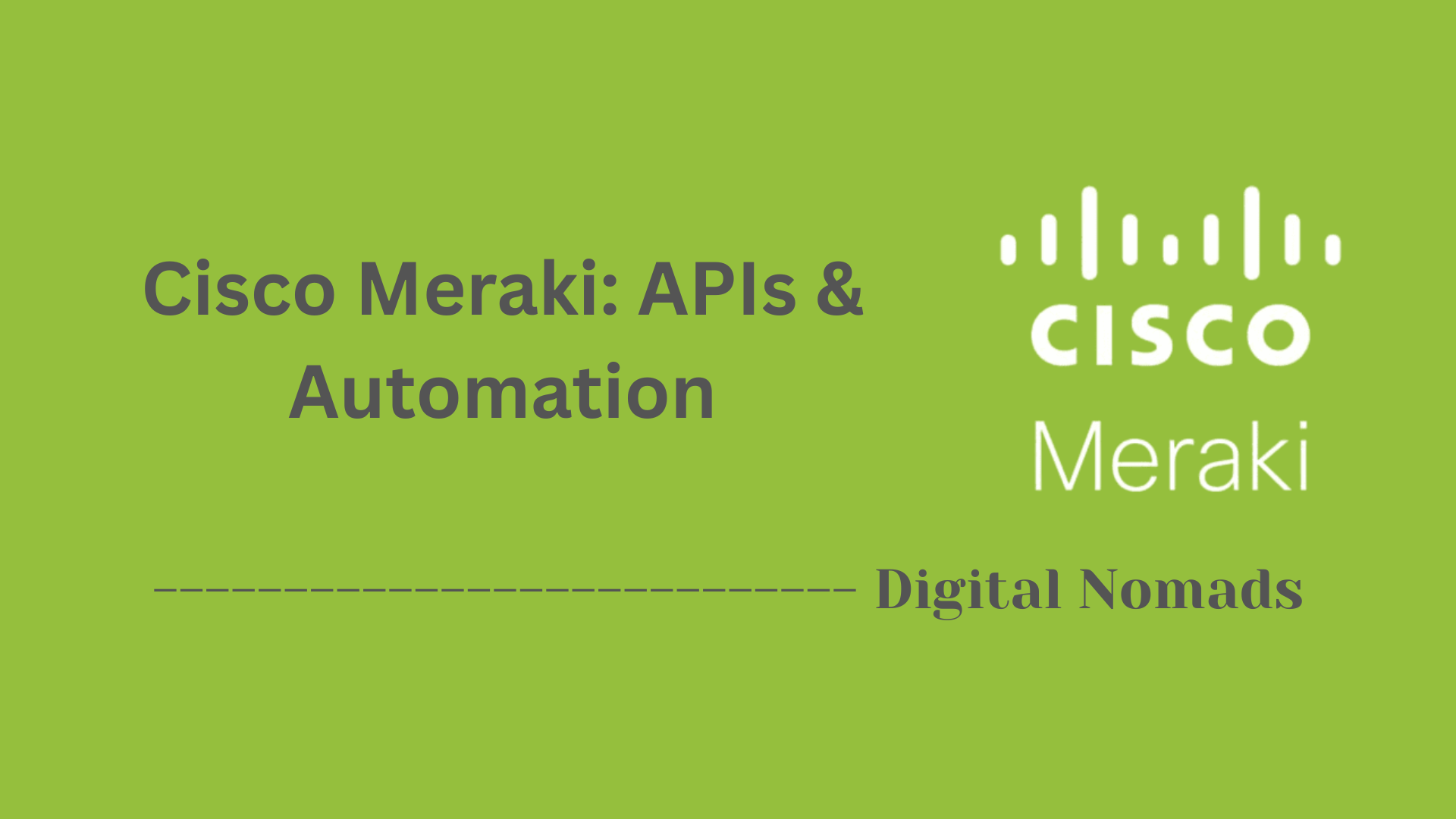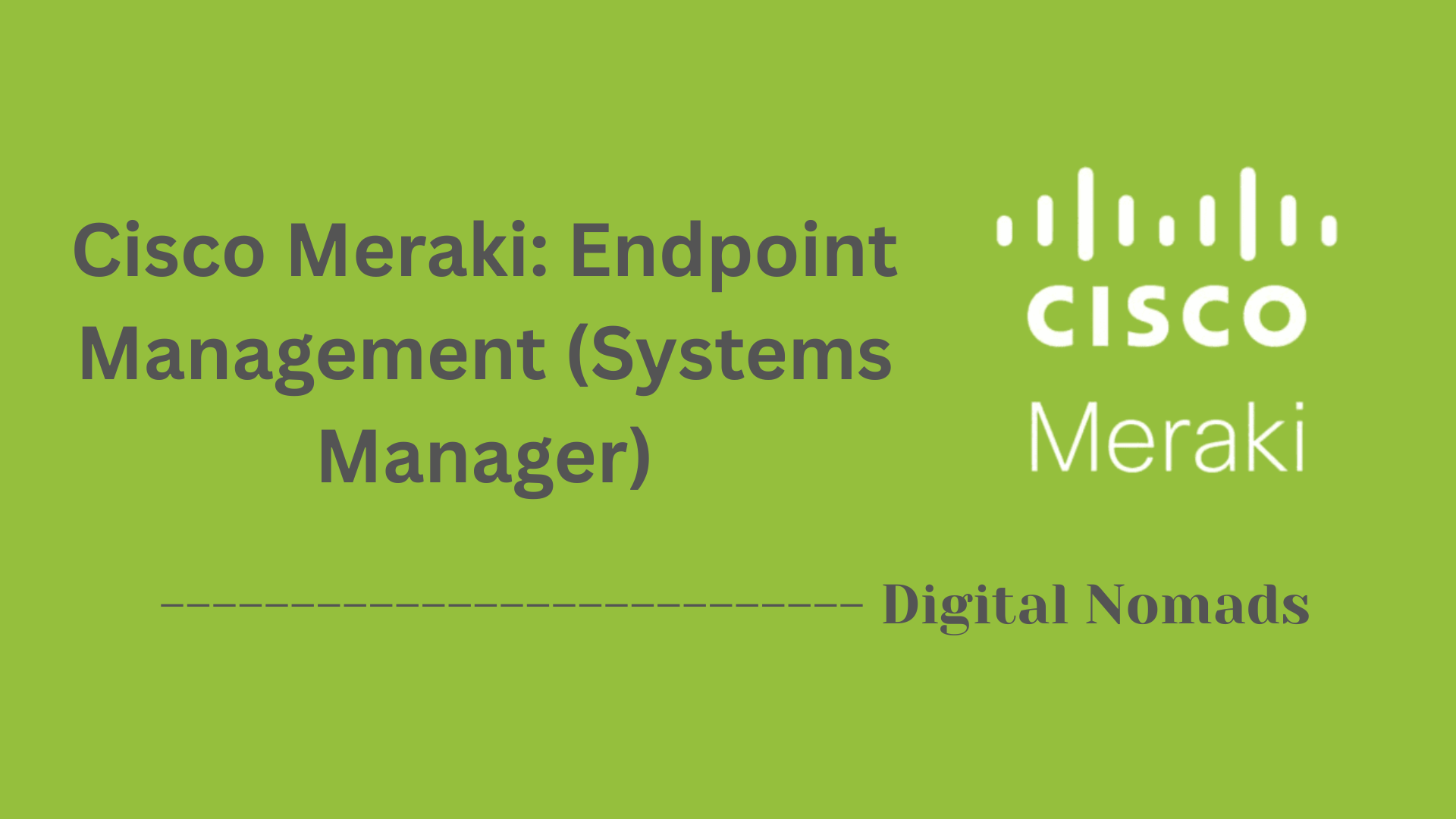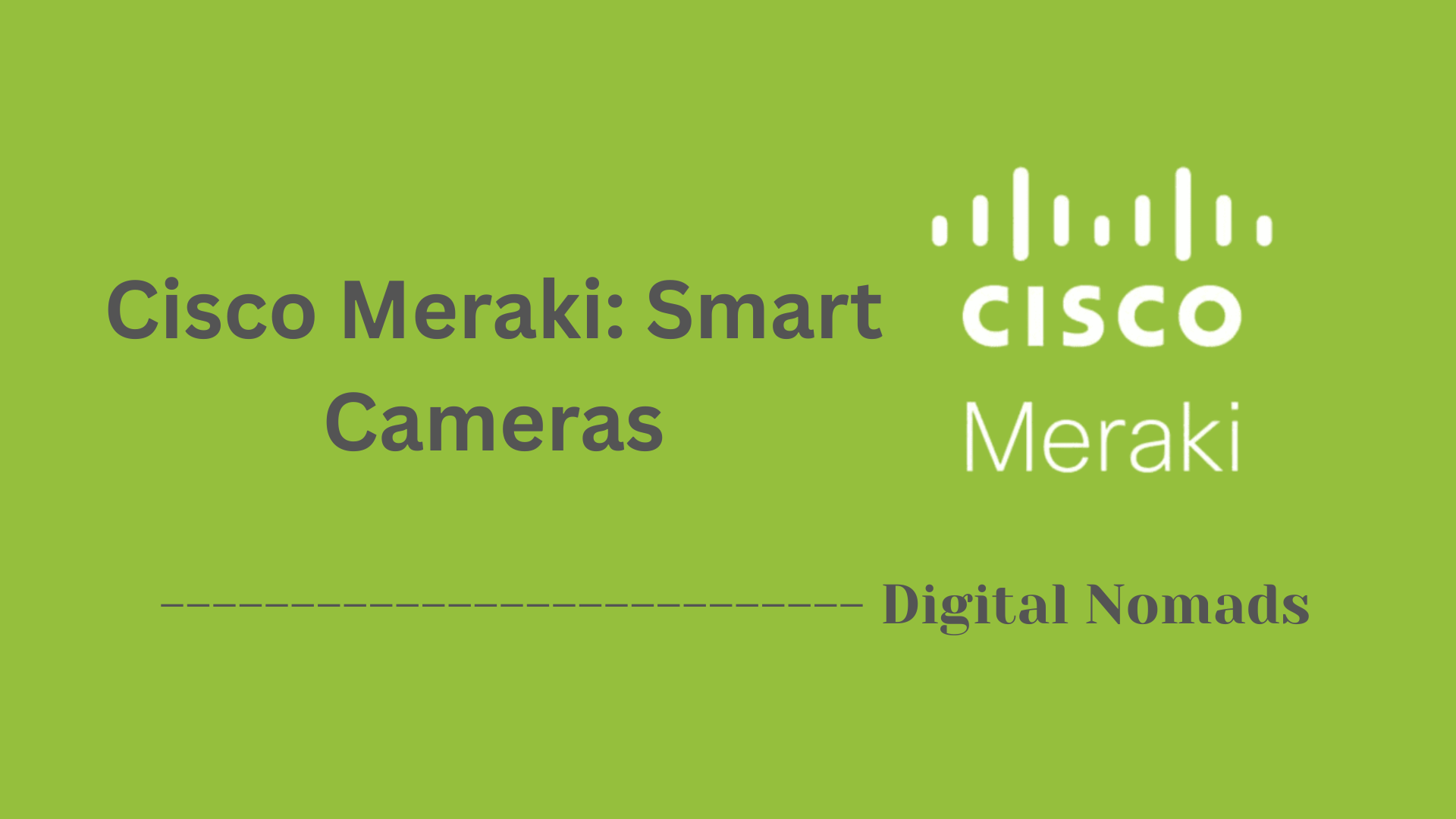Mastering Cisco VXLAN for Scalable Data Center Networks
Introduction to VXLAN and its Benefits
In modern data center networking, scalability and flexibility are paramount. Cisco's Virtual Extensible LAN (VXLAN) technology emerges as a solution that addresses these needs by providing a robust framework for network overlay, allowing for the extension of Layer 2 networks over a Layer 3 infrastructure. This capability is crucial for data centers experiencing rapid growth and needing to support a large number of isolated tenant networks.
VXLAN offers several benefits, including:
- Scalability: Supports up to 16 million VXLAN segments, compared to 4096 VLANs.
- Flexibility: Overlays network traffic over existing infrastructure, enabling seamless integration.
- Isolation: Ensures tenant separation for multi-tenant environments.
In this guide, we'll delve into configuring Cisco VXLAN, providing step-by-step instructions, practical examples, troubleshooting tips, and performance tuning recommendations to maximize your VXLAN deployment.
Setting up the Cisco VXLAN Environment
Before deploying VXLAN, ensure your network infrastructure supports VXLAN functionalities. This includes verifying hardware compatibility and software versions on devices like Cisco Nexus switches.
Preparing the Infrastructure
- Verify Software Version: Ensure your Cisco Nexus switches run a version that supports VXLAN. For example, NX-OS version 7.x and above supports VXLAN.
- Enable Feature Set:
feature nv overlay
feature vxlan
- Configure Loopback Interfaces: These interfaces will be used for VTEP (VXLAN Tunnel Endpoint) IP addresses.
interface Loopback0
ip address 192.168.1.1/32
Key Cisco VXLAN Commands and Configurations
Configuring VTEPs
VXLAN relies on VTEPs to encapsulate and decapsulate traffic. Configuring VTEPs involves defining the NVE interface and associating it with a VNI (VXLAN Network Identifier).
interface nve1
no shutdown
source-interface loopback0
member vni 5000
ingress-replication protocol bgp
Configuring BGP EVPN
BGP EVPN is often used as the control plane for VXLAN to exchange MAC address reachability information.
router bgp 65000
address-family l2vpn evpn
neighbor 192.168.1.2 activate
advertise-all-vni
Practical Examples of VXLAN Deployment
Example 1: Single-Site VXLAN Deployment
- Configure VNI and VTEP on Switch A:
interface nve1
no shutdown
source-interface loopback0
member vni 5001
- Configure VNI and VTEP on Switch B:
interface nve1
no shutdown
source-interface loopback0
member vni 5001
Example 2: Multi-Site VXLAN Deployment with BGP EVPN
- Enable BGP EVPN on each site:
router bgp 65000
address-family l2vpn evpn
neighbor 192.168.1.2 activate
advertise-all-vni
- Configure inter-site connectivity using MP-BGP:
neighbor 192.168.2.1 remote-as 65001
neighbor 192.168.2.1 update-source loopback0
Troubleshooting Common VXLAN Issues
Common Issue: VXLAN Tunnel Not Forming
- Check VTEP Connectivity: Ensure loopback interfaces used as source interfaces are reachable.
ping 192.168.1.1 source loopback0
- Verify NVE Interface Status:
show interface nve1 brief
Solution: If the status is down, check for configuration errors or IP reachability issues.
Common Issue: BGP EVPN Routes Not Being Advertised
- Check BGP Neighbor Status:
show bgp l2vpn evpn summary
Solution: Ensure BGP sessions are established and there are no mismatches in ASN numbers.
Performance Tuning for Optimal VXLAN Operation
- MTU Settings: Ensure all network devices have consistent MTU settings to accommodate VXLAN encapsulation overhead. Typically, set to 9216 bytes.
interface Ethernet1/1
mtu 9216
- Resource Allocation: Adequately allocate CPU and memory resources to devices handling high VXLAN traffic to prevent bottlenecks.
Security Considerations in VXLAN Deployments
- Control Plane Policing: Use CoPP (Control Plane Policing) to protect the control plane from excessive traffic, ensuring network stability.
- Access Control Lists (ACLs): Implement ACLs to restrict unauthorized access to VTEPs and critical network infrastructure.
Conclusion and Next Steps
By adopting Cisco VXLAN, you enhance your data center's scalability, flexibility, and isolation capabilities. Following the configurations and best practices outlined in this guide will ensure a robust and efficient VXLAN deployment.
Next Steps:
- Continuously monitor VXLAN performance and adjust configurations as needed.
- Explore Cisco's official documentation for advanced features and integrations.
- Consider integrating VXLAN with network automation tools for streamlined management.
For further details, refer to Cisco's official VXLAN documentation.




